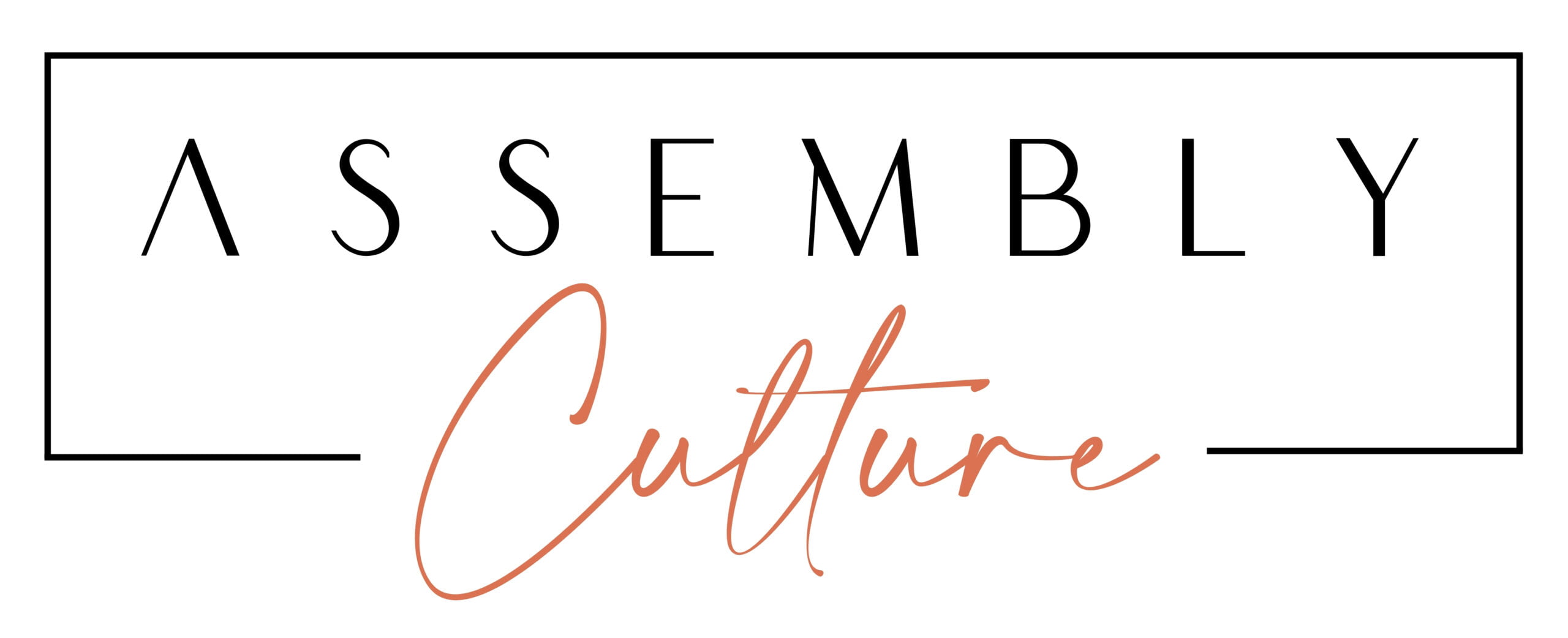When we think about how we behave and what we observe in the workplace, its often that we associate bad behaviour, poor judgement or a lack of interest as having a bad day, too many distractions or perhaps an excessive workload. In some instances, we say it’s just how some people are, attributing poor engagement to something beyond their and our control.
But when was the last time you stopped to think about how the work environment and context is contributing to the way people feel, think and behave in the workplace?
I have recently embarked on a certification program with Riders&Elephants in a tool called the Emotional Culture Deck. The deck is a simple but powerful tool used to help people talk about the emotions they want to feel-and conversely don’t want to feel, in the workplace. Multi-contextual, the tool is able to unpack not only what emotions sit behind ones behaviours, but can be used to further explore the actions that organisations can take to enable more pleasant experiences and in turn, behaviours more aligned with the organisational values.
Culture has been, in my opinion, one of those elusive, hard to demonstrate almost mythical concepts that is talked about as if it’s something tangible to be configuredand constructed. In an article in HBR on ‘Managing your Emotional Culture‘, research professors at Wharton and George Mason University define two types of culture – the cognitive culture and the emotional culture. This was somewhat of an area of unknown for me- in all my years in HR, I’d never heard it explained as such. Best described by the authors Sigal Barsade and Olivia A. O’Neill, they define cognitive culture as the ‘shared intellectual values, norms, artefacts and assumptions’. They say that cognitive culture provides a framework for how employees think and behave in a work context. How I see this is that cognitive culture are the hard cultural influencers that drive ‘how we do things’, including the systems, processes, practices and expectations on how we should act within those infrastructures.
Emotional culture on the other hand is defined as the ‘shared affective (meaning feeling, moods or attitudes) values, norms, artefacts and assumptions that govern which emotions people have and express at work and which ones they are better off suppressing’. My take on this is that because emotional culture is created in micro moments and recognised through facial expressions, body language, decor, rituals and routines, it is more likely led by the individuals themselves, rather than being overly prescribed by the organisation. In short, cognitive culture is about thinking, emotional culture is about feeling.
So what is the link to how people feel and how it plays out in the work context? If you were to take an organisations values as a starting point, we expect our people to adhere to the values. But often the language around values is conceptual – and sometimes plain vague. Where we bring life to those values is through a set of behaviours that sit behind them – the expectations, the way we interact with our colleagues, customers and the way we conduct ourselves professionally.
Behaviours could be seen as the scaffold to hold up the values to the highest point. But human behaviour is driven by more than just a robotic response to these guidelines – we are driven by among other things our emotions – as we observe a situation, interpret and make a decision on what to do next, we can make a choice to respond or react. Where an emotion is triggered through this pattern of sense-interpret-decide-act, we can choose to manage it (while taking inputs from the cognitive culture), or we can choose to demonstrate actions (behaviour) that may not be in alignment with the values. What people ‘feel’ are the nuts and bolts that hold that scaffolding up. It either continues to hold up the values, or it starts to weaken when emotional experiences are unpleasant.
Where leaders and organisations are not taking into account the emotions of their people – or in effect suppressing those emotions, the culture becomes indifferent and people disengage more quickly. As noted in that same HBR article, where the emotional culture isn’t managed – or even recognised, the impact quickly demonstrates that teams that need to feel instead revert to nonchalance. Some examples the authors provide are health care workers switching off to compassion or teams who are lacking healthy amounts of fear taking reckless risks.
“We lack the emotional vocabulary to pinpoint our desired emotions, so we just use ‘happy’.”
Jochan Menges, Organisational Behaviour Expert
Managing the emotions that our people feel in the workplace is tricky from several perspectives, and the first is that we fundamentally lack the ability to explain our emotions – we use basic language to talk about how we are feeling, doing a injustice to the very things that drive how we show up in the world. If we had more understanding of the spectrum of emotions, instead of saying that we are angry, we can uncover what is behind that anger and start to explore emotions like frustration, disappointment, confusion or even shock. On the flip side, how often do you hear people say ‘good’ or ‘great’ when asked how they are? I see this playing out in workplaces every single day – be it that we are too busy or distracted to engage in the conversation, or that we simply don’t have the right words to attribute to what those feelings could be, we are missing opportunities to bring our full selves to the workplace. Where we have a lack of language around what we want or don’t want to feel, it can be difficult to recognise those things when they appear, meaning we are in constant search of that elusive feeling of happiness, calm or carefree for example.
So what can leaders do to acknowledge Emotional Culture?
Enable Emotional Literacy
If as HR practitioners and leaders we can start to take into account how people might be feeling and give opportunity to talk and explore emotions, we provide the basis for increased emotional literacy. We can start ourselves today by using more descriptive words about emotions in our communications and when interacting with our colleagues (I’ve just started this as an experiment – I’ll let you know how it goes!). We can also take some simple yet effective actions to bring more ‘F’ word (feelings) conversations to the workplace.
Give space to explore emotions
When we ask better questions about the emotions of our people – what they experience themselves and what they notice in others, we can then start to see the patterns of the current emotional culture. Building a vision around the desired emotional culture is what comes next, as is taking more deliberate actions to create more positive experiences and stop taking actions that bring about negative emotions.
Increase empathy
Using a tool like the Emotional Culture Deck provides opportunities to have discussions that you couldn’t normally have in the workplace without great levels of trust. The deck gives immediate language for our people to use, as well being able to hear and see the emotions and behaviours others are feeling or noticing. We can quickly start to see things from a different perspective, hear how emotions play out for others and build empathy in groups. From experience, this happens really fast. The deck gives storytelling and narrative to experiences that one wouldn’t usually be able to verabalise.
Encourage positive role modelling
The research around emotional contagion has been around for some time and was explored in the book The Culture Code, by Daniel Coyle. Surprising insights into the research around improving emotional culture say our leaders should role model and ‘act into’ pleasant emotions, which gives cause to those around them to do them same. I’m not saying that we shouldn’t be authentic, that’s a given, but do it in a way that still provides pleasant emotional experiences.
Where we have the ability to provide for more engaged and emotionally healthy employees, we need to take the opportunity to really find out what that looks like from the very people who experience it. By engaging with them in human way and talking about how emotions show up for them, we have the ability to really change the landscape of our organisations. And that’s the power of emotions.
Curious about how emotional literacy can change your culture? I am running a workshop in Melbourne on Employee Experience 2.0-Emotionally Driven EX. See here for the details http://bit.ly/2X5yqah
Do you want to learn more about The Emotional Culture Deck? There are a few ways you can you learn more about the deck:
- Visit www.theemotionalculturedeck.com
- Download a free Lo-fi PDF version of the deck at the website, click here
- Download the #emotionalcultureworkshop for free here (yes for free but I can also facilitate this workshop for you and your teams if you wanted some help).
- Depending on where you live, you can attend an Emotional Culture Masterclass (like I did), click here for more info
If you still have questions, feel free to contact us to chat further!




